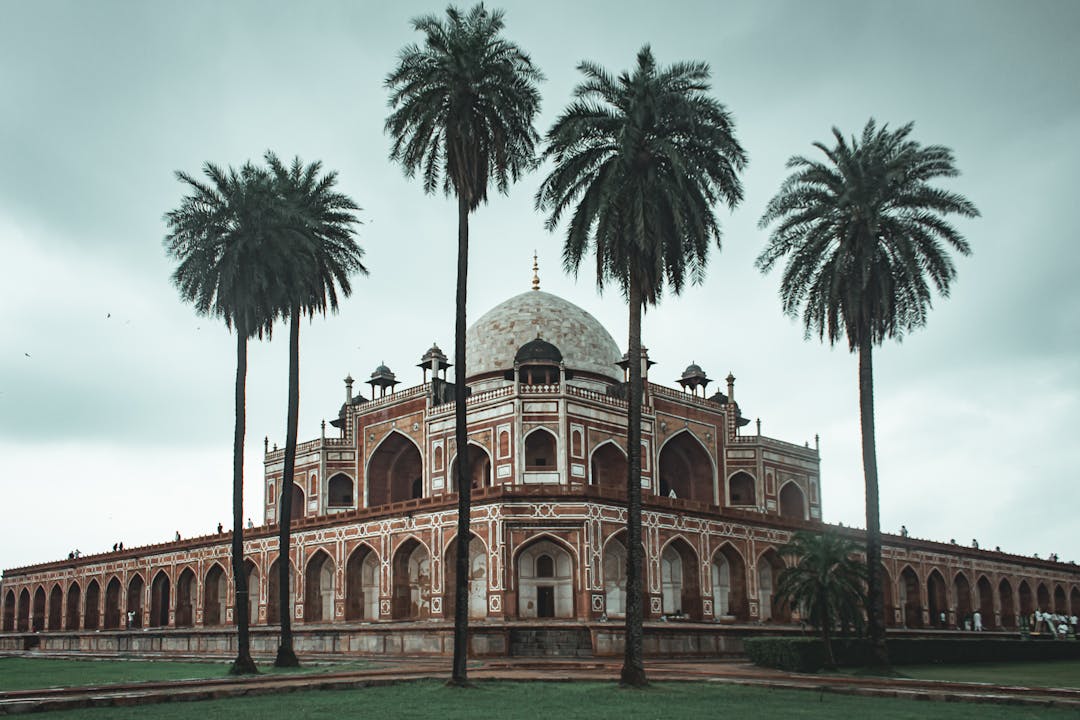Discovering the Rich History of Bengaluru’s Palaces

Bengaluru, the Silicon Valley of India, is not just known for its IT industry but also for its rich history and cultural heritage. The city is home to several magnificent palaces that offer a glimpse into its royal past. From the opulent interiors to the stunning architecture, these palaces are a testament to the grandeur of Bengaluru’s bygone era. In this blog post, we will explore the top palaces in Bengaluru that are a must-visit for history enthusiasts and architecture lovers.
1. Bangalore Palace
🏰🌳
One of the most iconic landmarks of Bengaluru, the Bangalore Palace is a true architectural marvel. Built in the Tudor style, this palace resembles the Windsor Castle in England. The palace was constructed in 1887 by Chamaraja Wodeyar, the then Maharaja of Mysore. With its magnificent towers, sprawling gardens, and exquisite woodwork, the Bangalore Palace is a sight to behold. Visitors can explore the palace’s opulent interiors, which are adorned with Victorian-era furniture, chandeliers, and paintings. The palace also hosts various cultural events and exhibitions throughout the year.
2. Tipu Sultan’s Summer Palace
🕌🌺
Located in the heart of Bengaluru, Tipu Sultan’s Summer Palace is a beautiful example of Indo-Islamic architecture. Built in 1791, this palace served as the summer retreat for Tipu Sultan, the ruler of the Kingdom of Mysore. The palace is known for its intricately carved arches, ornate frescoes, and beautiful gardens. Visitors can explore the palace’s various rooms, including the Durbar Hall, which was used for official ceremonies. The palace also houses a museum that showcases artifacts and memorabilia from Tipu Sultan’s era.
3. Bangalore Fort
🏰🌴
Built in the 16th century by Kempe Gowda, the founder of Bengaluru, the Bangalore Fort is a historical landmark that has witnessed the city’s transformation over the centuries. The fort was originally made of mud and was later rebuilt with stone by Haider Ali and Tipu Sultan. Today, only a part of the fort remains, but it still retains its old-world charm. Visitors can explore the fort’s bastions, gateways, and the well-preserved Delhi Gate. The fort also houses a temple dedicated to Lord Ganesh, which is a popular pilgrimage site.
4. Devanahalli Fort
🏰🌄
Located on the outskirts of Bengaluru, the Devanahalli Fort is a hidden gem that is worth exploring. Built in the 16th century, this fort was the birthplace of Tipu Sultan. The fort is known for its unique architecture, which combines elements of Hindu and Islamic styles. Visitors can explore the fort’s various structures, including the granaries, the secret passage, and the underground chambers. The fort also offers panoramic views of the surrounding countryside, making it a perfect spot for photography enthusiasts.
5. Mayo Hall
🏰🌇
Originally built as a town hall, Mayo Hall is now a heritage building that showcases the colonial architecture of Bengaluru. Named after Lord Mayo, the Viceroy of India, this building was constructed in 1873. The hall features a blend of Gothic and Romanesque styles, with its arched windows, ornate balconies, and intricate carvings. Today, Mayo Hall serves as a venue for cultural events and exhibitions, and it also houses the offices of various government departments.
Conclusion
Bengaluru’s palaces are not just architectural marvels; they are a window into the city’s rich history and cultural heritage. From the grandeur of the Bangalore Palace to the elegance of Tipu Sultan’s Summer Palace, each palace has its own unique story to tell. So, the next time you visit Bengaluru, make sure to explore these palaces and immerse yourself in the city’s royal past.
🏰🌳🕌🌺🌴🌄🌇

